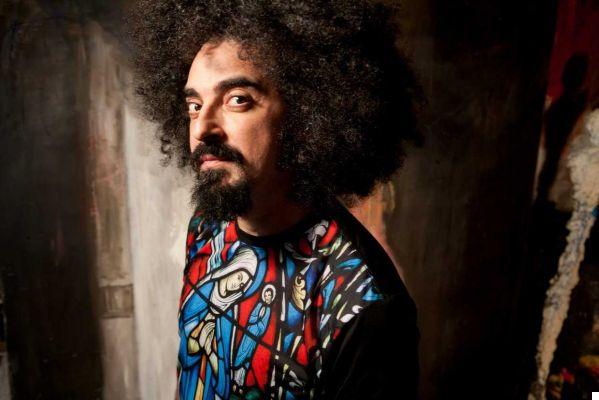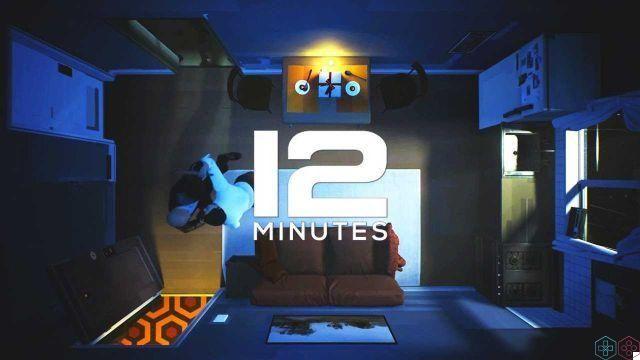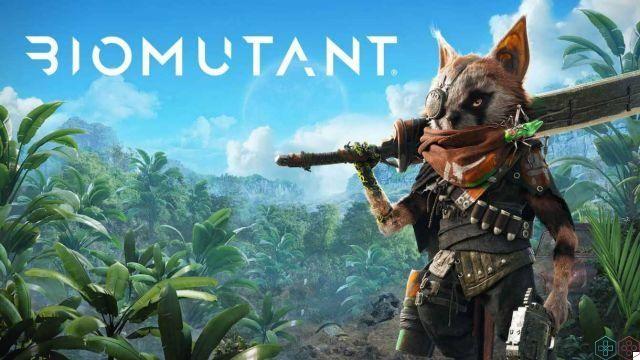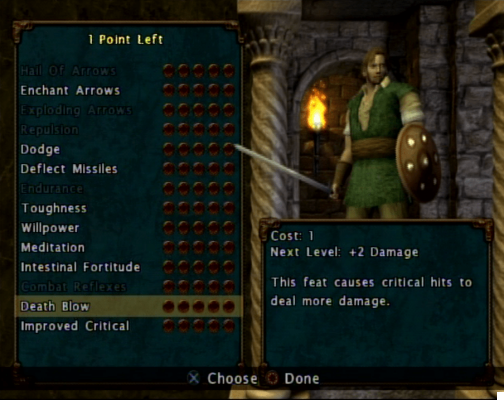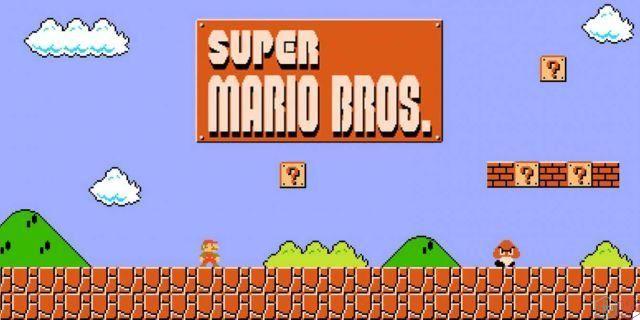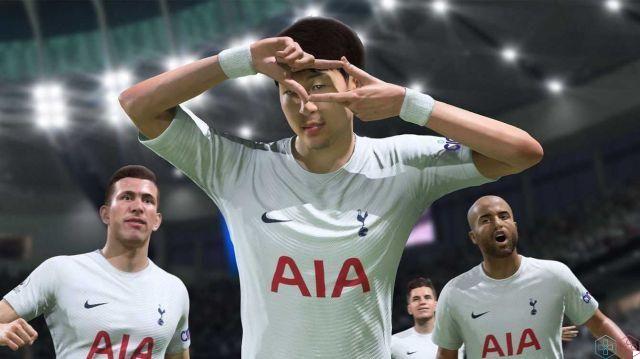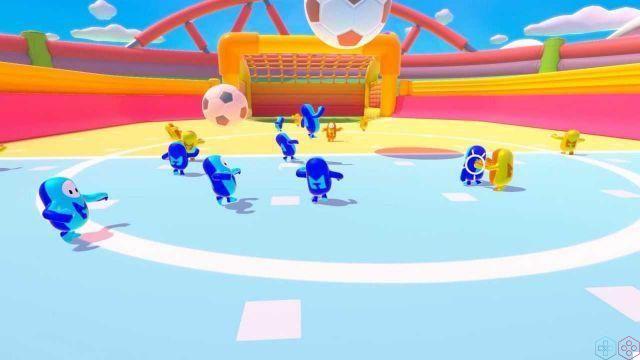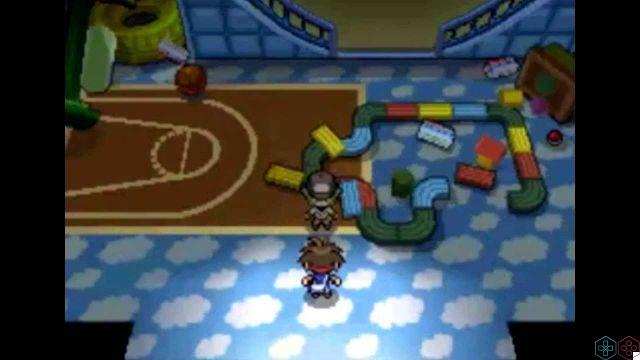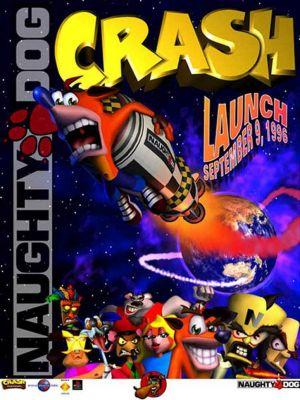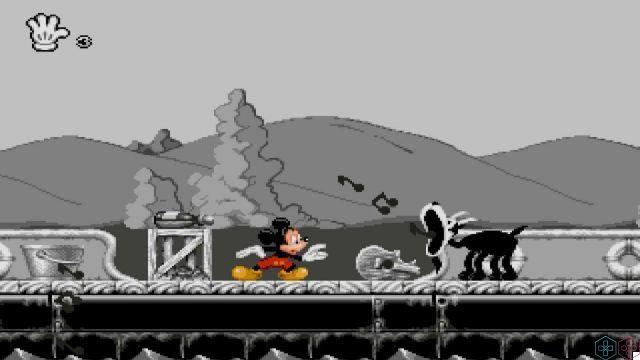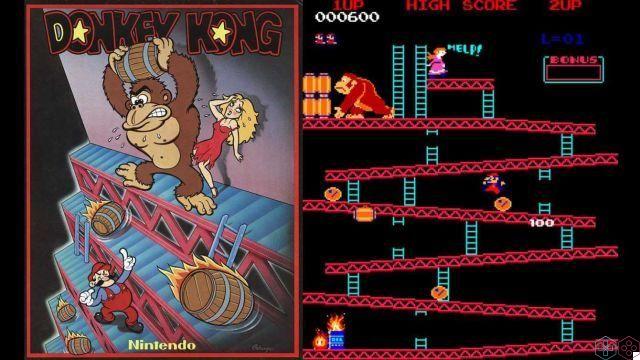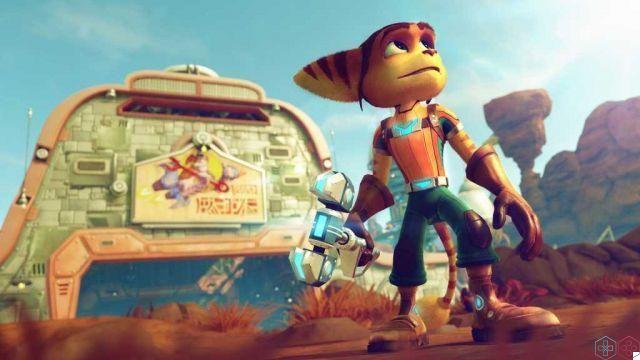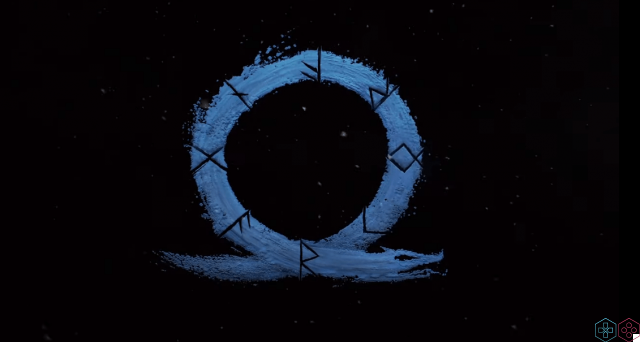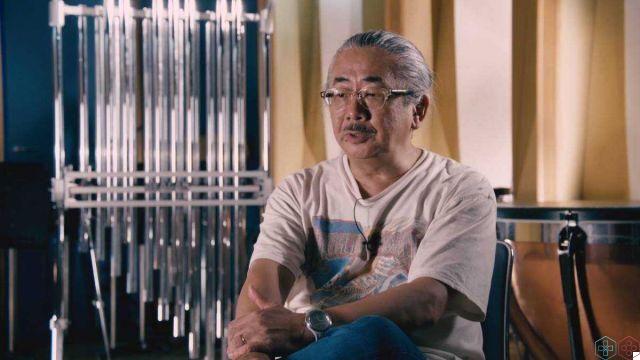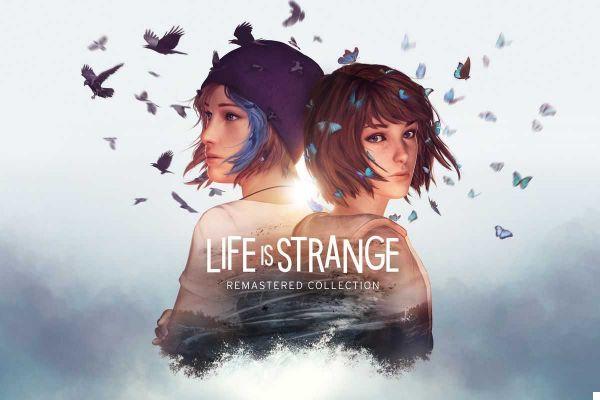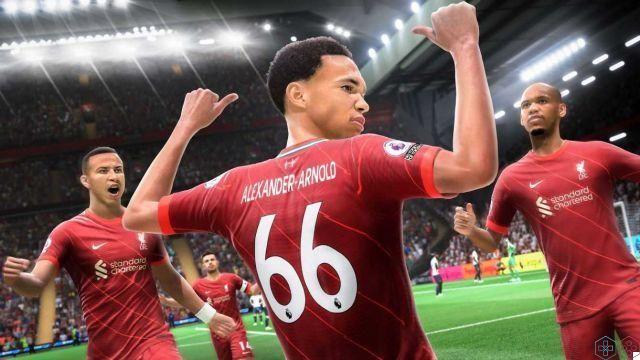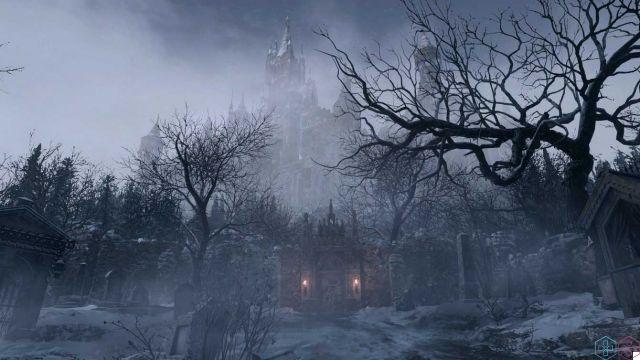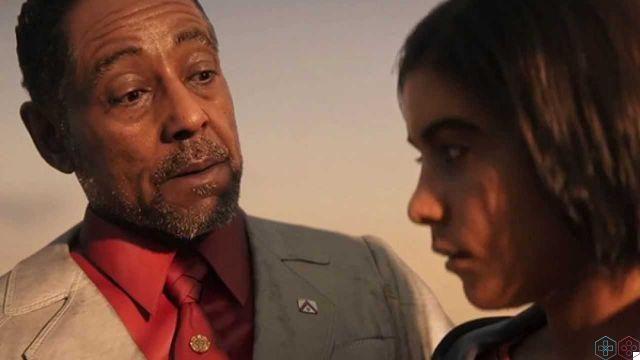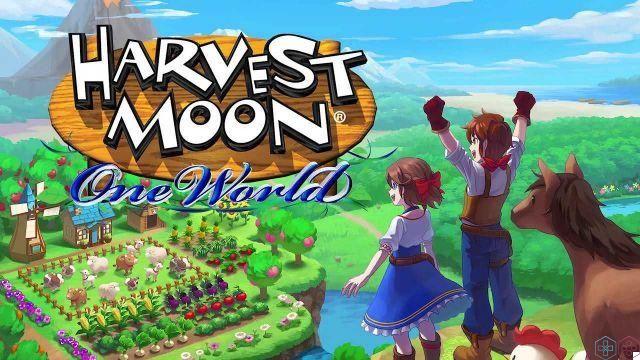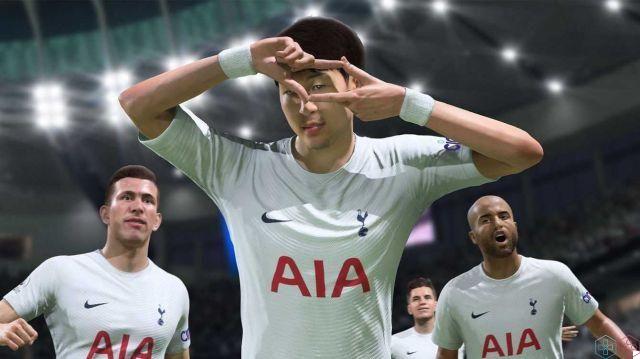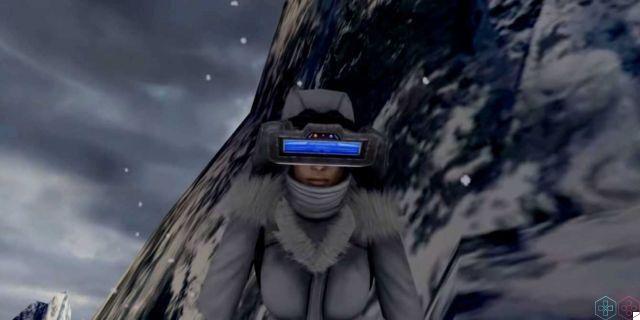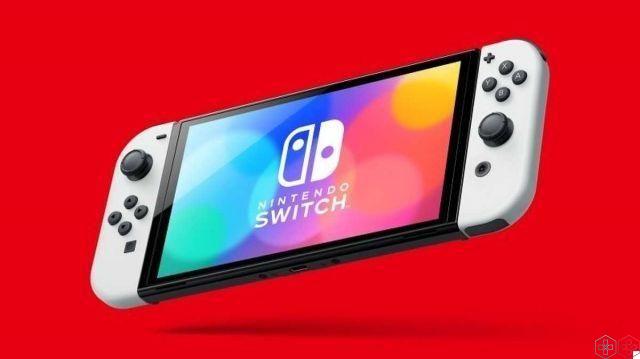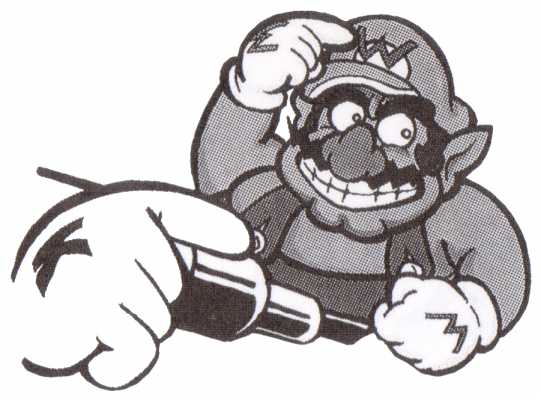The regions of the Pokémon world are inspired by the real one: this is the true aspect of Kanto, Johto, Hoenn, Sinnoh, Unova, Kalos, Alola and Galar
Although in scale, the regions seen in the series Pokémon have always tried to educate us on various areas of the real world. It's not just about Japan: exploring the various ravines of the series shows us a geographical cross-section of the entire globe. Or rather, as a cross-section it is more flattering than we would see, for one thing, in a Random Person, but what started as a couple of games that mixes the Japanese RPG formula with the collection of stickers has brought with it a real and own love letter to tourism. Looking forward to returning to Sinnoh, therefore, we thought of to pack.
Some of the regions, such as Kalos, are quite blatant in reflecting their muse, but for others (especially the first four) the geography lesson may not be so obvious. We therefore wanted to inform us for you and, why not, maybe plan a vacation for someone. After all, the training trip to the United Kingdom is what made Spada and Scudo what they are: more a personal diary than a return of fauna and features. As is tradition for the Smash character guide, also in this case we will use the images as an introduction to the sections and not as their conclusion.

My free Kanto
Okay, this is easy: of all the regions in the Pokémon series, the equivalent of the first of them in the real world boasts the least fanciful name of all. The theater of the Red, Blue, Yellow, RossoFuoco and VerdeFoglia versions as well as Let's Go, Pikachu! and Let's Go, Eevee! is none other than the namesake Kanto of the real world. Or, rather, we should actually speak of Kantō with a particular accent on the "o", but it changes quite little. Rather, you should know that this is where Japan's nerve center is: Tokyo, whose economic importance makes Saffron City its worthy virtual counterpart.
What you may not know is that other cities reflect their real-life counterparts. Aranciopoli, a port city, in fact corresponds to the port of Yokohama, the largest in the Land of the Rising Sun. There is also a reason why Celadon boasts such a large shopping mall: Shinjuku is the commercial heart of the Tokyo area, as well as hosting a huge garden (Erika's gym). The city of Maebashi (Pewter City) hosts an archaeological site near Mount Akagi (Monteluna) and its lake formed in a crater. The Aqua-Line bridge over Tokyo Bay was under construction in the days of Red and Blue, but we know it better as the Cycle Path.

But how many Kansai - Pokémon regions in the real world
We move west to talk about the second of the Pokémon world regions: Johto, whose real counterpart is Kansai. There is a reason why Amaranth City, since its debut in Gold, Silver and Crystal, has something traditionally Japanese about it. It is in fact Kyoto, the former capital of Japan and the headquarters of Nintendo itself. It was Fusajiro Yamauchi who founded it in 1889 to produce Hanafuda playing cards, before his son-in-law Sekiryo carried it on until the late 40s. Hiroshi Yamauchi later took the corporate focus from gambling to toys twenty years later, before the breakthrough we know with Donkey Kong in 1981.
Speaking of Amarantopolis, the Bell Tower (or Tin Tower) is based on the pagoda of Tō-ji ("temple of the east"); it is possible that the Burnt Tower alludes to the fact that Kyoto would have been among the cities affected by the American bombing (saved for cultural value by the secretary of state Henry Lewis Stimson who made his honeymoon there), but is actually based on the twin Sai-ji temple. Goldenrod City instead corresponds to Ōsaka. Lake Ira is inspired by Lake Biwa, the largest in Japan. Finally, the Via Gelata is inspired by the Narusawa cave, whose subsoil remains frozen all year round.

Let's go down a little bit about Kyushu - the Pokémon regions in the real world
With Hoenn the story changes a bit, as in this case you have to take the region in the far south of Japan and rotate it ninety degrees. With this in mind, the rich ecosystem of Pokémon Ruby, Sapphire and Emerald harks back to the tropical zone of Kyūshū. The city of Kitakyushu, which specializes in the metallurgical industry and headquarters of the navigator manufacturer Zenrin, can only correspond to Ferrugipolis. Similarly, the Nagasaki shipyard paved the way for Porto Selcepoli. We also know Mount Aso, the largest active volcano in Japan, such as Mount Camino.
The headquarters of the Pokémon League, in the Omega Ruby and Alpha Sapphire remakes, is reminiscent of Shuri Castle, reinforcing just how inspired Okinawa Island is. The Remote Island, accessible only with the Aeon Ticket to obtain the missing Legendary Pokémon between Latios and Latias, is linked to the islands of Gotō, under the jurisdiction of the city of the same name. The thermal baths of Cuordilava allude to the springs of the cities of Aso and Beppu. The first "foreign" influences of the saga, however, made their debut in Ceneride: the architecture of the houses in this extinct volcano, in fact, go beyond Japan and are rather inspired by the island of Santorini, in Greece.

Not Hokkaido, in fact, it's pretty cold - Pokémon regions in the real world
Since we are close to the release of Pokémon Shining Diamond and Shining Pearl, let's see what part of the real world the fourth of our regions, Sinnoh, is inspired by. Just as Hoenn is the hottest area of Japan, for Sinnoh (visible at the top in the remake version) the inspiration lies in the north. But we are not just talking about Hokkaido: the Battle Zone alludes to the former Japanese territory of Karafuto, now known as Sakhalin and part of the Russia. Returning to Japan, we confirm what the best in geography among you already suspected: As the largest city in both areas, Jubilife City is Sapporo.
Nevepoli, the first explicitly snowy location in the saga, is the fictional counterpart of Wakkanai, the northernmost city in Japan (famous for its trade in goods with Russia). The Panorama Lighthouse, on the other hand, is inspired by the Aurora tower on the Nosappu coast, the easternmost point in Japan that is accessible to the public. Pratopoli and its Great Swamp then refer to the city of Kushiro, the largest in eastern Hokkaido (the Kushiro swamp is the largest in Japan). The port cities of Rupepoli and Canalipoli correspond respectively to Abashiri and Otaru; in both cases, the second boasts suggestive canals.

Unova States - Pokémon regions in the real world
Leaving Japan behind us, now we move abroad: and what is more Western than United States of America? In reality, the American territory is so vast that not even the scale treatment of the series would be enough: this is why Unova is based only on New York and its surroundings. Soffiolieve, the first city in Pokémon White and Black Version, is based on Howard Beach, in the borough of Queens. The Freccialuce bridge, perhaps one of the first locations to be so blatantly based on the real world, is obviously inspired by the Brooklyn Bridge. Likewise, Austropolis is an obvious homage to Manhattan.
On a more sober note, it is impossible to allude to New York without mentioning theattempt twenty years ago. Geographically speaking, the World Trade Center area corresponds to Route 4 of Unova; the location of the Twin Towers itself, however, is where the Buried Castle is located. The Union Tower, accessible today only by trading Pokémon with a player located elsewhere on the Geonet map, is the equivalent of the United Nations headquarters (with a design inspired by the Empire State Building). Freedom Island replaces the statue of the same name with a lighthouse, but is otherwise identical to the number one symbol of the Big Apple.
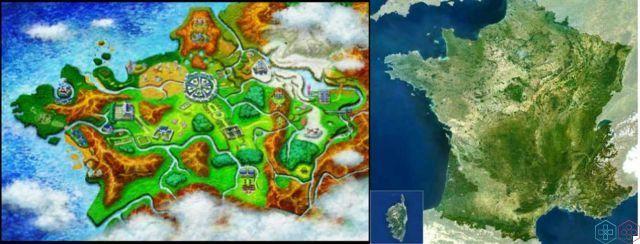
Kalos kai agathos - the Pokémon region in the real world
Don't be fooled by our excursus on Greece: there are no Hellenic regions in the Pokémon world yet, but ironically, real-world France boasts a fictional counterpart whose name, Kalos, recalls the ancient concept of "beautiful and virtuous" of the Ionian Sea. With the arrival of Nintendo 3DS, Pokémon X and Y set the record with the population of Lumiose City: the scale version of Paris boasts 416 non-player characters, a milestone still undefeated. The Golden Palace, on the other hand, corresponds to the Palace of Versailles. Notre-Dame Cathedral is not located in Lumiose City, but its architecture is the basis of the Pokémon Kalos League.
Chromlenburg, whose etymology is reminiscent of the called menhir circles cromlech, is equivalent to Carnac; the positioning of the village on the regional map reminds us of a certain “village of irreducible roosters” of the Franco-Belgian comic strip. The isolated village of Batikopoli (from batik, a fabric coloring technique) instead takes up Arles, or Arli in Spanish: a city in the Provence-Alpes-Côte d'Azur territory, mentioned by Dante Alighieri in the ninth canto of the Inferno and twinned with Vercelli since 1970 Finally, the mountain city of Fractalopoli corresponds to the “little Siberia” of Besançon, in Spanish Besanzone, close to the Swiss border.
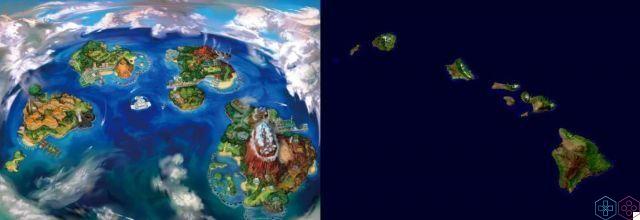
Mele kalikimaka to say Merry Christmas, Alola to say hello - Pokémon regions in the real world
Our world tour is starting at sunset boulevard. If the name of Alola (theater of Sun, Moon, Ultrasole and Ultraluna) reminds you of a certain greeting, you have hit the mark: it is in fact none other than the islands Hawaii. The games immediately give us access to the largest city shortly after setting foot outside the house with the city of Hau'oli: even with the miniaturization treatment for which the saga is known, it is clear that it is Honolulu, the capital of 'archipelago. Hau'oli Port, in particular, is inspired by Pearl Harbor. Honolulu's Pacific National Memorial Cemetery, dedicated to those killed in World War II, is located in Alola as the Hau'oli Cemetery.
The Konikoni viewpoint owes the eastern arches of its entrance to Chinese immigration into its royal counterpart, Lāhainā, for processing sugar. The Hanu Hanu Resort is equivalent to the Grand Resort of Wailea, the largest hotel on the island of Maui. The city of Poh, stormed by Team Skull, corresponds to the Puʻuhonua or Hōnaunau National Park, an area of political asylum for anyone who breaks the ancient Hawaiian laws ("gate"). It is also one of the only four places in the archipelago where the Hawaiian flag can fly without being accompanied by the US flag.
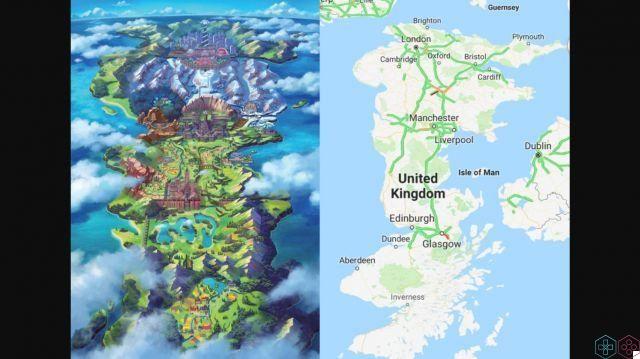
Glorious Galar
We close this colossal tour of the Pokémon world with the last of the regions whose real counterpart we have not yet described. Galar is none other than the UK turned one hundred and eighty degrees, but this was already known. Furlongham is a cross between Keswick and Windermere, Cumbria. The Sleeping Wood alludes to the forest of Grizedale, known for statues inspired by poetry and the occult. With its similar gym (like the other seven) to football stadiums and the obvious industrial look of the place, Steamington can only coincide with Manchester. Goalwick, without going around it, is the London counterpart.
We mentioned Keelford when talking about the Beatles, but the Pokémon version of Liverpool boasts another gem: a local kid talks about the Unova Metro Fight and, in his desire to see something similar, mirrors the United States consulate in Liverpool. Circhester Baths correspond to their counterpart in Bath, founded by the Roman Empire and home to the Circus housing complex in Bath, Somerset. The Isle of Armor coincides with the Isle of Man, the homeland of the famous "tailless" cats. Freezedale ultimately corresponds to Edinburgh, just as the entire Crown Tundra replicates the Scottish Highlands.
Now it's up to you to tell us yours: did you know some of these curiosities? Do you have others to report to us? Let us know below, and as always don't forget to stay on techigames for all the most important news for gamers and more. For your purely gaming needs, you can instead find the best discounts in digital format on Instant Gaming.




